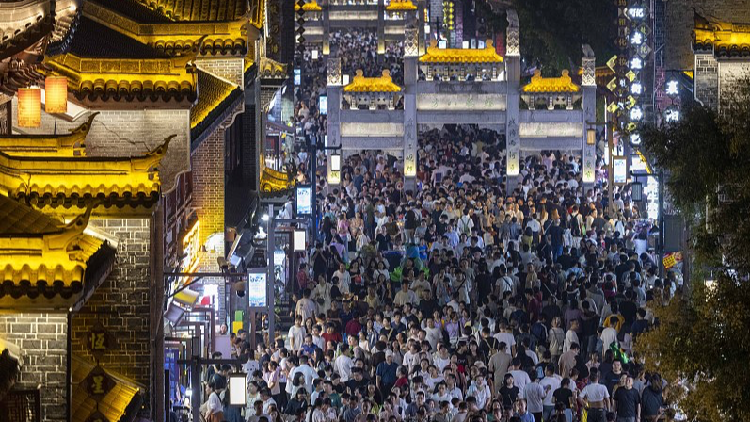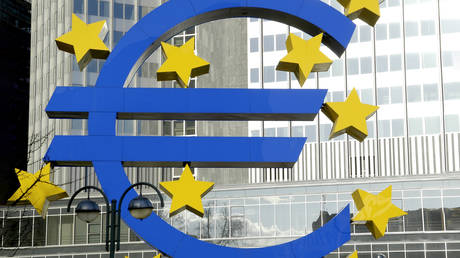China Marks Mid-Autumn Festival with Emerging Consumption Trends
China is observing the Mid-Autumn Festival, highlighting emerging consumption trends during this festive season. The event, which traditionally revolves around family reunions and moon-gazing, is now showcasing a shift in how celebrations are experienced, influenced by modern consumer behaviors.

Statistics released by the Ministry of Transport, as per China Central Television, indicated that on the holiday's second day, Monday, cross-regional movements almost touched the 200 million mark. The rail system handled about 11.8 million passengers that day, helped by an additional 604 trains. Road travel also boomed with over 180 million journeys, predominantly via short to medium self-driven trips, where nearly 60 percent were in new energy vehicles. The aviation sector was not far behind, with 13,781 flights carrying 1.55 million passengers across China.
Comparative figures from Sunday, the festival's first day, showed an even greater travel volume at 215.92 million trips, marking a 37.9 percent year-over-year increase and a 13.3 percent rise from 2019.
Sales of train tickets for the 2024 National Day holiday commenced on Tuesday morning, with expectations of high railway traffic during this period due to a mix of tourism, family visits, and student travel, as noted by authorities.
The film industry also saw impressive numbers during the Mid-Autumn Festival, with the total box office hitting 300 million yuan by the morning of September 17, according to Maoyan Professional Edition. Leading the revenue were films like "Wild Child," "An Embarrassing Moment," and "Determination to Leave."
On the consumer front, this Mid-Autumn Festival revealed a shift towards health-centric, culturally rich, and emotionally engaging gifts. Health products topped the gift preferences. The influence of "traditional Chinese culture" on consumption patterns was evident, reflective of data from various consumer platforms.
Besides the traditional favorites like mooncakes and hairy crabs, fruits also saw a surge in sales, hitting peak levels during the festival. Fruit price trends, tracked by the Nandabao Market under the National Development and Reform Commission, showed a significant price increase, with a 4.63 percent rise since the last recorded period and a 24.13 percent increase from the previous year.
Thomas Evans for TROIB News
Find more stories on Business, Economy and Finance in TROIB business












